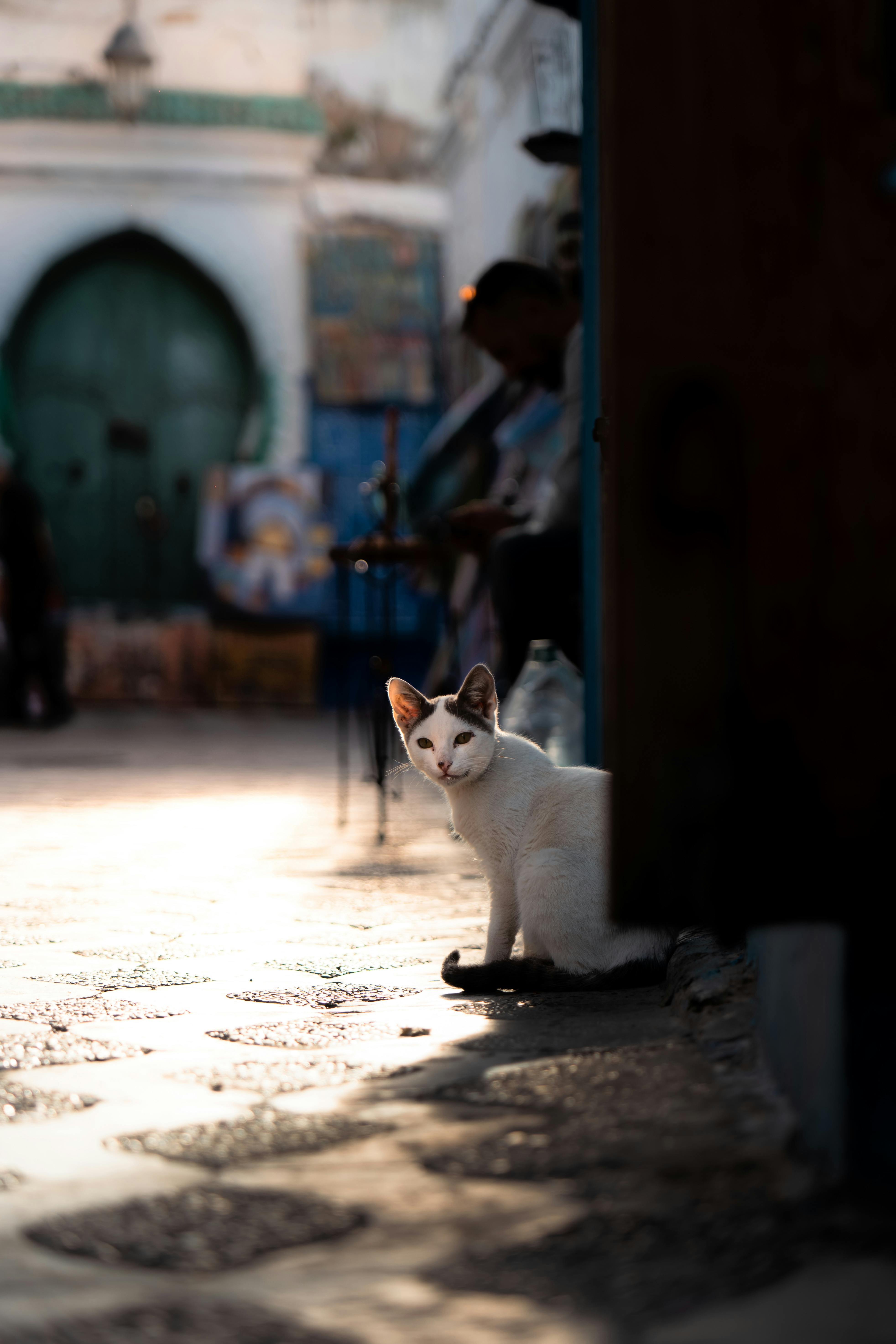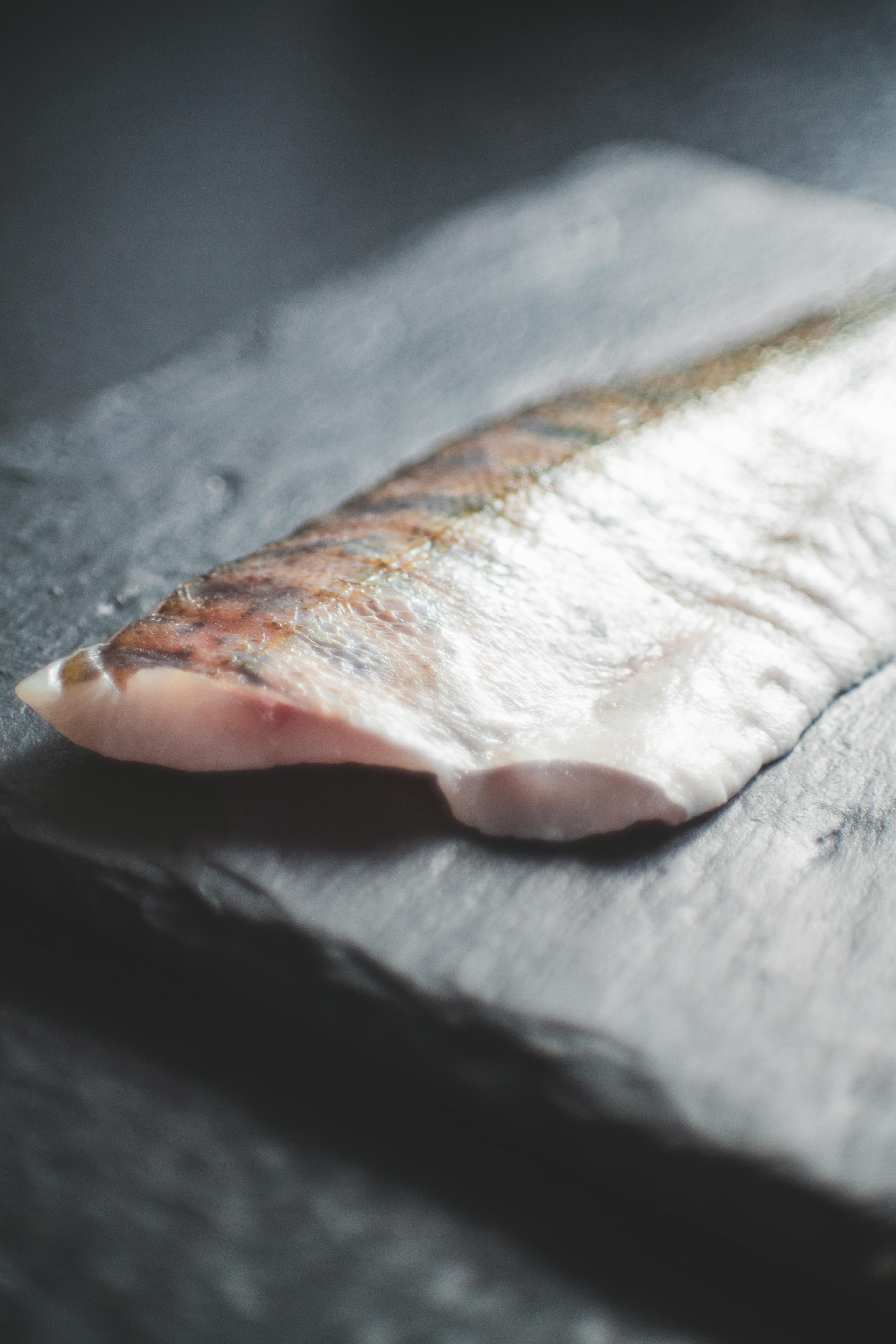
Effective Ways to Care for Neon Dwarf Gourami in 2025
The neon dwarf gourami, a vibrant and captivating freshwater fish, has become a favorite among aquarium enthusiasts. Renowned for its colorful patterns and peaceful temperament, this species is an excellent choice for both beginners and seasoned aquarists alike. In 2025, understanding how to care for neon dwarf gourami is more important than ever, as their popularity continues to grow. This article will provide you with a comprehensive guide on dwarf gourami care, covering aspects such as tank setup, dietary needs, breeding practices, and compatible tank mates.
Effective care involves ensuring that the neon dwarf gourami has the ideal environment, suitable companions, and proper nutrition. This article will explore key topics, like how to set up the perfect habitat, feeding strategies, and maintaining a healthy aquarium environment to promote the well-being of your fish. Benefit from expert recommendations and real-life examples to improve your aquarium keeping skills and ensure the long and healthy life of your neon dwarf gourami.
Key takeaways from this guide include understanding the environmental needs of neon dwarf gourami, the importance of a well-maintained tank, and practical feeding tips to promote growth and health. Let's dive into the essentials of caring for these beautiful fish!
Setting Up the Perfect Neon Dwarf Gourami Tank
Setting up a tank for your neon dwarf gourami is crucial for creating a conducive habitat where these fish can thrive. From tank size to environmental specifics, each factor significantly impacts the well-being and behavior of your gourami.
Choosing the Right Tank Size
For a thriving neon dwarf gourami, selecting the appropriate tank size is a foundational step. A minimum of 10 gallons is recommended, particularly if you are planning to house multiple fish. This space not only gives your neon dwarf gourami ample room to swim but also helps reduce stress and territorial behavior. Overcrowding can lead to aggression and health issues, making it vital to provide enough space for each fish.
Water Conditions and Quality
Maintaining ideal water conditions is essential for the health of your neon dwarf gourami. The optimal temperature range is between 72°F to 82°F, with a pH level of 6.0 to 7.5. Regularly testing the water parameters ensures your fish live in a suitable environment. Using the right filtration system is also crucial for maintaining water quality, as it helps in removing harmful substances and provides aeration.
Aquascaping and Decor Ideas
A well-designed aquarium makes your neon dwarf gourami feel secure and happy. Include live plants, gravel, and decorations that provide hiding spots, as gouramis are naturally shy. Plants such as Java fern and Anubias are excellent choices. Providing driftwood and rocks can form natural barriers, enhancing their habitat while contributing to the overall aesthetics of your aquarium.
With a suitable tank setup, your neon dwarf gourami will thrive in an engaging and stress-free environment. Now, let’s explore the important topic of feeding your gourami properly for optimal health.

Feeding Neon Dwarf Gourami: Best Practices
Proper nutrition is vital to the growth and well-being of neon dwarf gourami. Understanding their dietary requirements and feeding strategies will help you provide a balanced diet to maintain their health.
Understanding Neon Dwarf Gourami Diet
Neon dwarf gourami are omnivorous, which means they require a balanced diet consisting of both plant-based and protein-rich foods. High-quality flake food specifically designed for tropical fish is an excellent staple. However, it is essential to supplement their diet with live or frozen foods such as brine shrimp, daphnia, or bloodworms to promote vibrant colors and encourage natural behavior.
Feeding Schedule and Techniques
When it comes to feeding your neon dwarf gourami, consistency is key. A feeding schedule of 1-2 times daily is ideal, with portions that can be consumed within 2-3 minutes. This schedule prevents overfeeding, which can lead to water quality issues and health problems. Always monitor your fish during feeding sessions to assess their appetite and adjust quantities accordingly.
Avoiding Common Feeding Mistakes
Overfeeding is one of the most common issues aquarium owners face. Excess food can degrade water quality and lead to stress. Additionally, ensure that you are providing a high-quality diet; some generic fish foods lack the necessary nutrients for optimal growth. Engaging with your fish during feeding times will also enhance their experience, fostering a stronger bond with your neon dwarf gourami.
By focusing on nutrition and feeding practices, you're better positioned to support the health of your gourami. Next, let’s dive into how to properly manage tank mates for your neon dwarf gourami to ensure a peaceful community environment.
Choosing Compatible Tank Mates for Neon Dwarf Gourami
Creating a harmonious community tank is vital for the well-being of your neon dwarf gourami. Understanding their social behavior and compatibility with other species greatly enhances the aquarium experience.
Understanding Dwarf Gourami Behavior
Neon dwarf gourami exhibit peaceful and social behavior, making them ideal candidates for community tanks. However, they can be shy and easily stressed if housed with aggressive or overly boisterous fish. Observing their interactions can provide insight into their compatibility with other species.
Best Tank Mates for Neon Dwarf Gourami
When selecting tank mates, look for peaceful fish that share similar water conditions. Species such as tetras, rasboras, and some types of catfish make excellent companions for neon dwarf gourami. These fish help create a tranquil tank environment while providing visual interest.
Avoiding Aggression and Stress
While neon dwarf gourami can coexist with a variety of fish, it is crucial to avoid mixing them with aggressive species. Fish like cichlids or larger barbs can intimidate dwarf gourami, leading to stress and potential health issues. Regular monitoring of interactions in the community tank can help prevent conflicts and ensure all fish live harmoniously.
Establishing a diverse and compatible community tank sets the stage for your neon dwarf gourami to thrive alongside other fish. Let’s now explore the fascinating topic of breeding these gorgeous fish.

Breeding Tips for Neon Dwarf Gourami
Breeding neon dwarf gourami can be a rewarding endeavor for aquarists. Understanding their breeding behavior and environmental needs is vital for successful spawning.
Creating the Ideal Breeding Environment
To breed neon dwarf gourami, start by preparing a separate breeding tank filled with soft, low-lit water at a temperature of about 78°F. This environment mimics their natural habitat and encourages spawning. It is also essential to provide plenty of plants for the female to lay eggs, as they prefer spawning in dense vegetation.
Signs of Breeding Behavior
Mature neon dwarf gourami display distinct breeding behaviors. The male develops vivid colors, and the female may appear plumper with eggs. The male will chase the female and initiate courtship displays, which can be fascinating to observe. If successful, spawning usually occurs early in the morning.
Caring for Fry and Ensuring Their Growth
After spawning, the male guards the eggs until they hatch, usually within 24-48 hours. It is important to remove the male after hatching to prevent him from preying on the fry. Feed the fry infusoria or finely crushed flake food to promote healthy growth. Monitoring their environment during this stage is crucial for raising healthy neon dwarf gourami.
Breeding neon dwarf gourami not only adds to your aquarium but also contributes to the population of this beautiful species. With a solid foundation in tank care, nutrition, and breeding tips, you can enjoy every aspect of keeping these fish.
Maintaining the Health and Well-being of Your Dwarf Gourami
To ensure a long and healthy life for your neon dwarf gourami, routine maintenance and health monitoring are crucial. Regular practices can prevent diseases and keep your aquarium thriving.
Monitoring Water Quality and Conditions
Consistent monitoring of water parameters is essential to maintain a healthy environment for your neon dwarf gourami. Routine water changes of 10-15% weekly will help regulate waste levels and keep nitrite and nitrate levels in check. Invest in a good water testing kit to monitor key parameters such as pH, ammonia, and hardness regularly.
Recognizing and Preventing Common Diseases
Neon dwarf gourami are generally resilient but can be prone to specific health issues such as ich or fin rot. Observe your fish for signs of illness, such as lethargy, discoloration, or visible lesions. Quarantining new arrivals and maintaining an optimal environment can significantly reduce disease risk.
Ensuring A Balanced Diet for Optimal Health
Feeding a varied diet rich in nutrients will promote overall health and prevent deficiencies. Keeping an eye on feeding times and ensuring proper portions are critical for maintaining your dwarf gourami's well-being. Consulting with aquatic veterinarians if any health issues arise is also advisable.
With these practices, you can help your neon dwarf gourami flourish in a vibrant, healthy aquarium setting. As you continue your aquarium journey, remember that attentive care ensures the rewards of being a proud gourami keeper.
Conclusion: The Joy of Keeping Neon Dwarf Gourami
Caring for neon dwarf gourami is a rewarding experience, giving you the chance to engage with a beautiful species. By providing an ideal habitat, proper nutrition, and attention to their social needs, your neon dwarf gourami will thrive and bring joy to your home or community aquarium. Embrace the challenge and enjoyment of fishkeeping in 2025, and watch your aquarium flourish with these stunning fish!